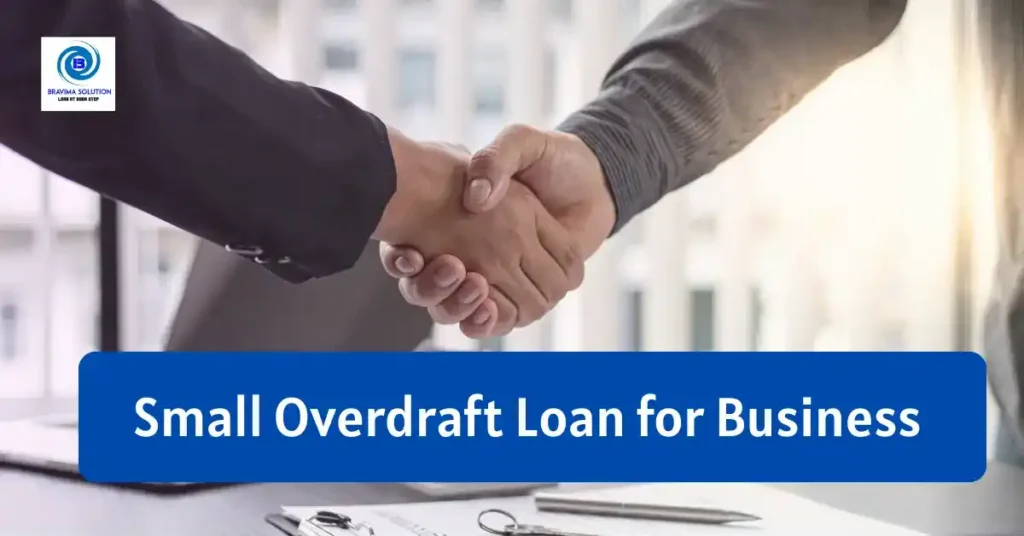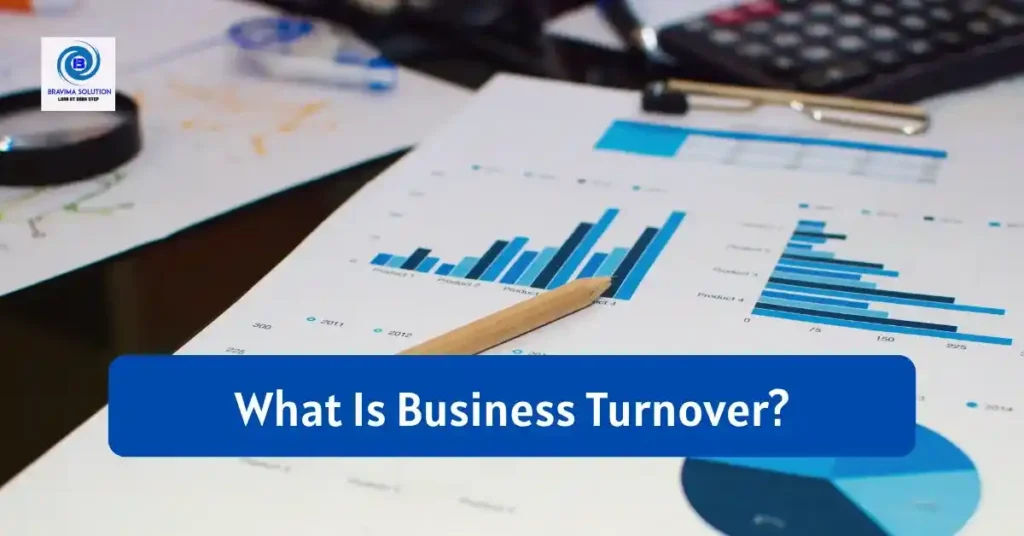
In India’s vibrant and rapidly evolving MSME ecosystem, the CIBIL MSME Rank (CMR) has emerged as a critical tool to evaluate creditworthiness for small businesses. Introduced by TransUnion CIBIL in March 2017, this ranking provides banks, NBFCs, and lenders a quick, objective, and standardized assessment of MSMEs—ranging from micro units with ₹10 lakh exposure to mid-sized enterprises with up to ₹50 crore exposure .
By 2025, CMR is central to how lenders:
- Approve loans swiftly (especially CMR 1–3 via green channels)
- Price loans based on risk tiers
- Pre-screen borrowers automatically
- Monitor emerging defaults and manage portfolios proactively
1. What Is CIBIL MSME Rank (CMR)?
The CIBIL MSME Rank (CMR) is a numeric score ranging from CMR-1 (lowest risk) to CMR-10 (highest risk). It offers a snapshot forecast of a business’s probability of default over the next 12 months.
This rank is a vital part of the Company Credit Report (CCR) and enables businesses and lenders to:
- Grasp risk levels instantly without delving into granular credit histories
- Employ standardized norms across sectors and borrower types
- Support automated underwriting and instant loan decisioning
CMR is grounded in three core pillars:
- Credit Profile – outstanding debts, limit utilization, payment history
- Credit Behaviour – timeliness, defaults, exposure trends
- Firmographics – business vintage, industry, loan amounts
2. Why CMR Matters
2.1 Faster Loan Access
Enterprises with CMR 1–3 benefit from green-channeling—faster pre-approved offers, quick approvals, and reduced documentation
This translates to:
- Fewer manual assessments
- Significant drop in turn-around time (TAT)
- Easier access for good MSMEs without repeated paperwork
2.2 Risk-Based Loan Pricing
Lenders use CMR to set interest rates and credit terms:
2.3 Digital, Objective Credit Decisions
CMR supports algorithmic, rule-based underwriting—automating renewals, limit increases, and portfolio reviews, minimizing bias.
2.4 Portfolio Monitoring & Early Warnings
By tracking rank changes over time, lenders predict deteriorating credit behavior and take proactive measures

Best Working Capital Loans Loan offers are just a click away
3. How CMR Calculations Work
The rank is built on a robust percentile model. Key inputs over the last 24 months include:
- Payment History: Timely payments boost rank; defaults harm
- Outstanding Debt Levels: High exposure lowers rank
- Utilisation Ratio: Over-utilization reflects stress
- Defaults & 90+ Days Past-Due Amounts
- Business Age & Stability: Older, stable firms fare better
- Industry Risk: Certain sectors have built-in risk buffers Results are scaled into CMR 1–10, balancing default probability and population distribution—fewer borrowers occupy high-risk bands .
Industry Defaults & CMR Bands
For example, probability of default (PD) increases sharply from CMR 1 (~1% PD) to CMR 10 (~35%). Most businesses cluster around middle ranks CMR 4–7 .
4. Categories Explained: What Each CMR Means
| CMR Band | Risk Level | Interpretation |
| 1–3 | Very Low Risk | Strong financial discipline, timely repayments; green-channel loan approvals |
| 4–7 | Moderate Risk | Occasional delays/defaults but manageable repayment history |
| 8–10 | High to Very High Risk | Frequent delays, defaults likely; limited loan access, high pricing |
Businesses with CMR 1–3 often secure green loans with:
5. Who Uses CMR—and How?
Lenders, including banks and NBFCs, integrate CMR across loan lifecycle:
- Acquisition: pre-screen and cross-sell MSMEs
- Underwriting: define risk-adjusted pricing & limits
- Disbursal: expedite loans for safe profiles
- Monitoring: flag early warning signs
- Renewals: renew eligibility determined by rank stability
5.1 Broader Use Cases
- Government Tenders: preferred bids from low-CMR firms
- Trade Partnerships: suppliers evaluate vendor reliability
- Credit Guarantee Schemes (e.g., CGTMSE): favorable terms for low-risk MSMEs

Apply for Business Loans for Small Businesses
6. How to Improve Your CIBIL MSME Rank
6.1 Maintain Timely Payments
Ensure no overdue or overdue payments on loans, credit cards, or vendor credit.
6.2 Control Outstanding Exposure
Avoid collecting multiple high-limit loans; choose working capital loans wisely; monitor utilisation ratios .
6.3 Use Credit Facilities Wisely
Overdrafts or credit lines should complement business cycles—not fund lifestyle or speculative activity.
6.4 Monitor Credit Reports Regularly
Regular checks via CIBIL, UrbanMoney, or Tata Capital portal can catch wrong info or identify unusual behaviour.
6.5 Stabilise Your Business
Consistent revenue, regular banking, and GST/ITR compliance build favourable rank traits .
6.6 Manage Debt Prudently
Keep debt-equity ratios favourable; do not over-leverage purely to scale quickly
7. How to Check Your CMR
- CMR is available to member banks and NBFCs—these institutions view it via CCR.
- MSMEs can obtain their own CCR via CIBIL website (paid) and may view CMR.
- Urban Money, Tata Capital, and others provide simplified dashboards or free rank previews .
Tip: promptly dispute any incorrect entries to maintain a strong profile.
8. Latest 2025 Trends & Strategic Shifts
8.1 Alternate Data Integration
In 2025, CMR models are enhanced by GST filings, utility payments, and digital transaction records, improving accuracy and inclusion.
8.2 Faster CMR Generation
AI-powered risk models produce near real-time rank updates, enabling agile lending decisions.
8.3 Sector-Specific Risk Adjustments
Reflecting economic nuances, newer models differentiate food processing vs. retail vs. hospitality risk profiles .
8.4 Wider CMR Adoption
By mid-2025, nearly all banks, NBFCs, fintechs, and major guarantee schemes rely on CMR. Some large firms now embed CMR in supply chain assessments, credit underwriting, and working capital limits.
9. Impact on Your Business & Financing Strategy
9.1 Easier and Faster Loans
- A CMR-1/2 business gets prioritized for funding, even via digital channels
- Faster turn-around = quicker capital for growth
- Lenders offer favourable interest and limits
9.2 Cheaper Credit
Good CMR often translates into lower risk premium, faster terms and reduced processing hassle.
9.3 Better Access to Collateral-Free Offers
Schemes like SMFG business loans up to ₹75 lakh are streamlined for high CMR borrowers
9.4 Stronger Negotiation Power
When CMR is strong, leverage it in:
- Supplier credit offers
- Trade partnerships
- Tender bids requiring financial vetting
9.5 Confidence in Growth
A healthy CMR allows planning long-term expansion, inventory purchases, or diversification confidently.
10. Tips to Maintain a Strong CMR
- Pay EMIs, supplier dues, and loan repayments on time
- Use ≤30–40% of available credit
- Avoid frequent loan applications and inquiries
- Regularly obtain CCR and dispute errors
- Plan loan maturities strategically
- Keep GST and ITR compliant and current

Best SME/MSME Loan offers are just a click away
11. Common CMR Myths & Misconceptions
- Only Large MSMEs Have Ranks – Wrong: Any MSME with a credit facility > ₹10 lakh gets a rank.
- Rank = Credit Score? – False: CMR is independent from Personal CIBIL scores—applies to businesses
- Can’t Improve Rank Quickly – Upgrades post 12–18 months of disciplined repayments are possible.
- Higher Loan = Better Rank – Not: Only disciplined repayment behavior and moderate, managed debt improve rating, not larger loans.
12. Frequently Asked Questions (FAQ)
Q1. What if my CMR is 8 or above?
A: It indicates higher risk. You may face loan rejections or very high-interest offers. Focus on repairing history.
Q2. Can loans from NBFCs/NBFCs reflect in CMR?
A: Yes, all member lenders share data, including NBFCs, banks, and fintech platforms.
Q3. How often is CMR updated?
A: Typically monthly, linked to lenders’ CCR updates and major financial events.
Q4. Is CMR immutable?
A: No. Timely repayment, reduced debt, dispute resolution can steadily improve your rank.
Q5. Can new MSMEs check their CMR?
A: Eligibility starts once credit exposure > ₹10 lakh; businesses below this may still access CMR via CCR.
13. CMR vs MSME Credit Guarantee Schemes
The Credit Guarantee Fund Trust for Micro and Small Enterprises (CGTMSE) provides collateral-free loans to MSMEs. A strong CMR aids lenders in leveraging CGTMSE, securing better terms or higher guaranteed limits.
14. How Bravima Solution Helps
At Bravima Solution Pvt Ltd, we not only assist in loan applications but empower MSMEs to optimize their CMR:
- Evaluate your credit profile and rank
- Recommend strategies to strengthen rank before application
- Bundle loan offers from banks/NBFCs that factor CMR positively
- Guide in CCR audits and dispute resolutions
- Ensure financing matches your risk tier and growth needs
15. Summary Table: CMR Snapshot
16. Final Takeaway
The CIBIL MSME Rank is no longer optional—it’s a key to unlocking faster, cheaper, and smarter credit access for your business in 2025. Whether you’re aiming to expand operations, optimize working capital, or secure strategic credit, a strong CMR between 1–3 positions you strongly.
At Bravima Solution, we simplify the journey:
- Analyze your current rank
- Implement proven rank-enhancement practices
- Match you with lenders who reward strong rankings
- Monitor updates and assist with ongoing improvements
Similar Blog
- Small Overdraft Loan for Business: A Smart Way to Manage Cash FlowRunning a small business often comes with unexpected expenses and cash flow challenges. Whether it’s paying suppliers, covering salaries, or… Read more: Small Overdraft Loan for Business: A Smart Way to Manage Cash Flow
- How to Reduce EMI on Business Loans in India: 7 Practical WaysIf you’re running a business in India, managing your cash flow efficiently is crucial—and one way to ease financial pressure… Read more: How to Reduce EMI on Business Loans in India: 7 Practical Ways
- What Is Business Turnover? Meaning, Types & Why It MattersFor any business—large or small—turnover is one of the most fundamental metrics. But what does it really mean, and why… Read more: What Is Business Turnover? Meaning, Types & Why It Matters
- Small Business Cash Advances: A Flexible but Costly Funding OptionWhen small businesses face urgent funding needs—like addressing seasonal inventory demands or unexpected expenses—they often turn to cash advances (including… Read more: Small Business Cash Advances: A Flexible but Costly Funding Option
- Business Working Capital Loans: A Lifeline For Small Manufacturers in IndiaIn today’s competitive and dynamic industrial environment, small manufacturers often face cash flow gaps that affect operations, payroll, raw material… Read more: Business Working Capital Loans: A Lifeline For Small Manufacturers in India
- What Are the Foreclosure Charges on a Business Loan?Foreclosing a business loan—i.e., paying it off before the end of its scheduled term—can be a smart move to reduce… Read more: What Are the Foreclosure Charges on a Business Loan?







